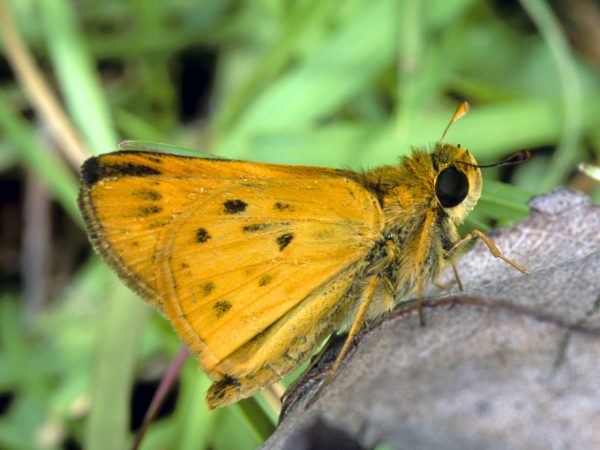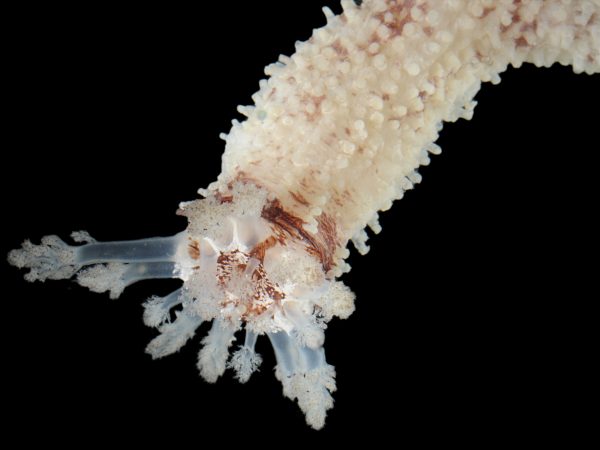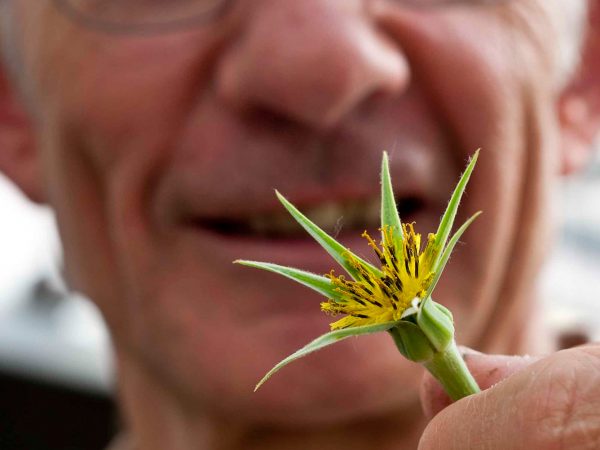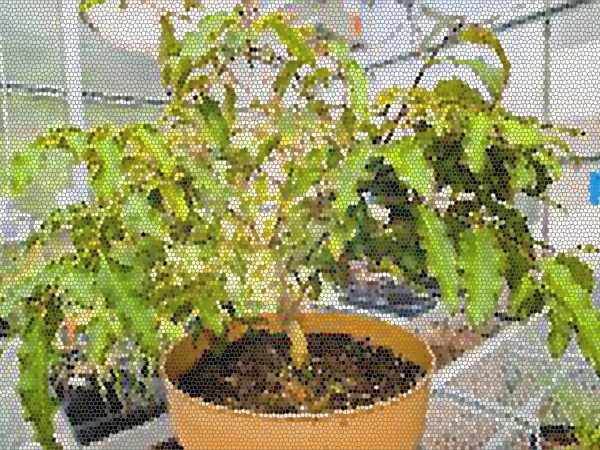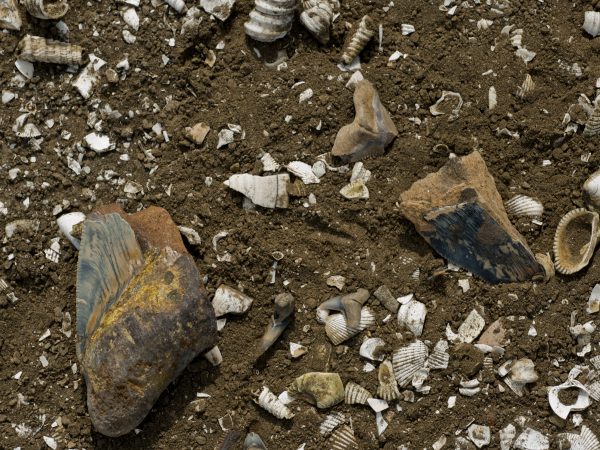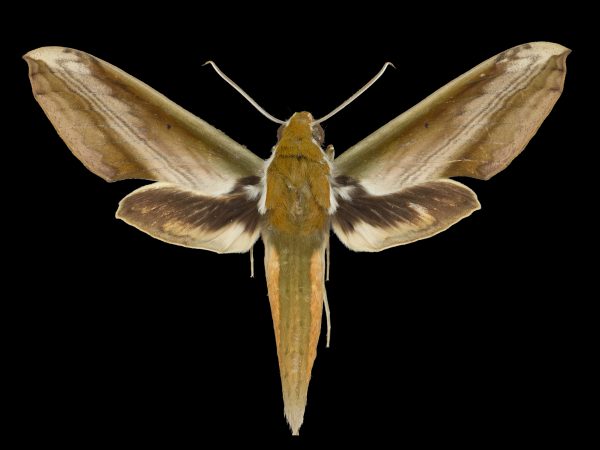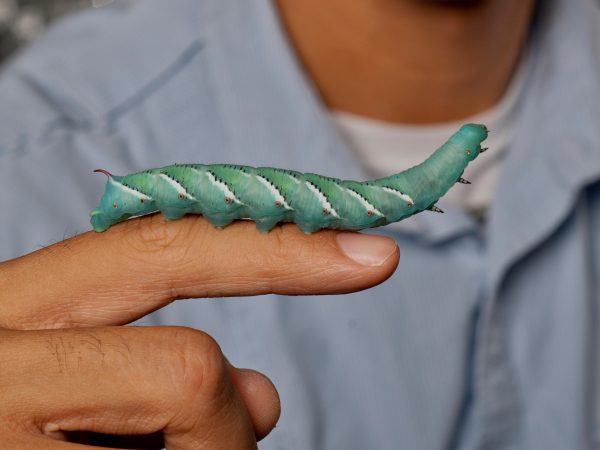DNA tells story of butterfly evolution
The wispy, delicate nature of butterflies and moths is part of their charm, but their soft bodies do not preserve…
Read More
Rewriting the evolutionary history of sea cucumbers
Scientists at the Florida Museum of Natural History have discovered that a group of tiny sea cucumbers has enormous taxonomic…
Read More
Tragopogon: Understanding the evolution of polyploidy
Pam and Doug Soltis, distinguished professors with the Florida Museum of Natural History, discuss the importance of Tragopogon, a flowering…
Read More
Ancient crocodilian named after Tolkien creature
A new University of Florida study describes a 16-foot, 900-pound ancient species of crocodilian that swam in the same rivers…
Read More
Some plants may not adapt quickly to future climate change
Using the largest dated evolutionary tree of flowering plants ever assembled, a new study suggests how plants developed traits to…
Read More
New plant genome study may offer clues to improving all major food crops
University of Florida researchers and their colleagues have sequenced the genome of the flowering plant Amborella for the first time,…
Read More
World’s oldest-known grape fossils found in India
Mysterious unidentified fossilized seeds from India, donated to the Cleveland Museum of Natural History in 2005 and stored among the…
Read More
Panama shark, ray fossils shed light on ancient ocean connections
A new study led by Museum researchers provides evidence of an interchange between the Atlantic and Pacific oceans nine to…
Read More
Study shows hawkmoths use ultrasound to combat bats
For years, pilots flying into combat have jammed enemy radar to get the drop on their opponents. It turns out…
Read More
DNA study shows hornworm pests have Central American origins
Florida Museum of Natural History researchers have co-authored the first comprehensive study on the evolution of two agricultural pests commonly…
Read More
